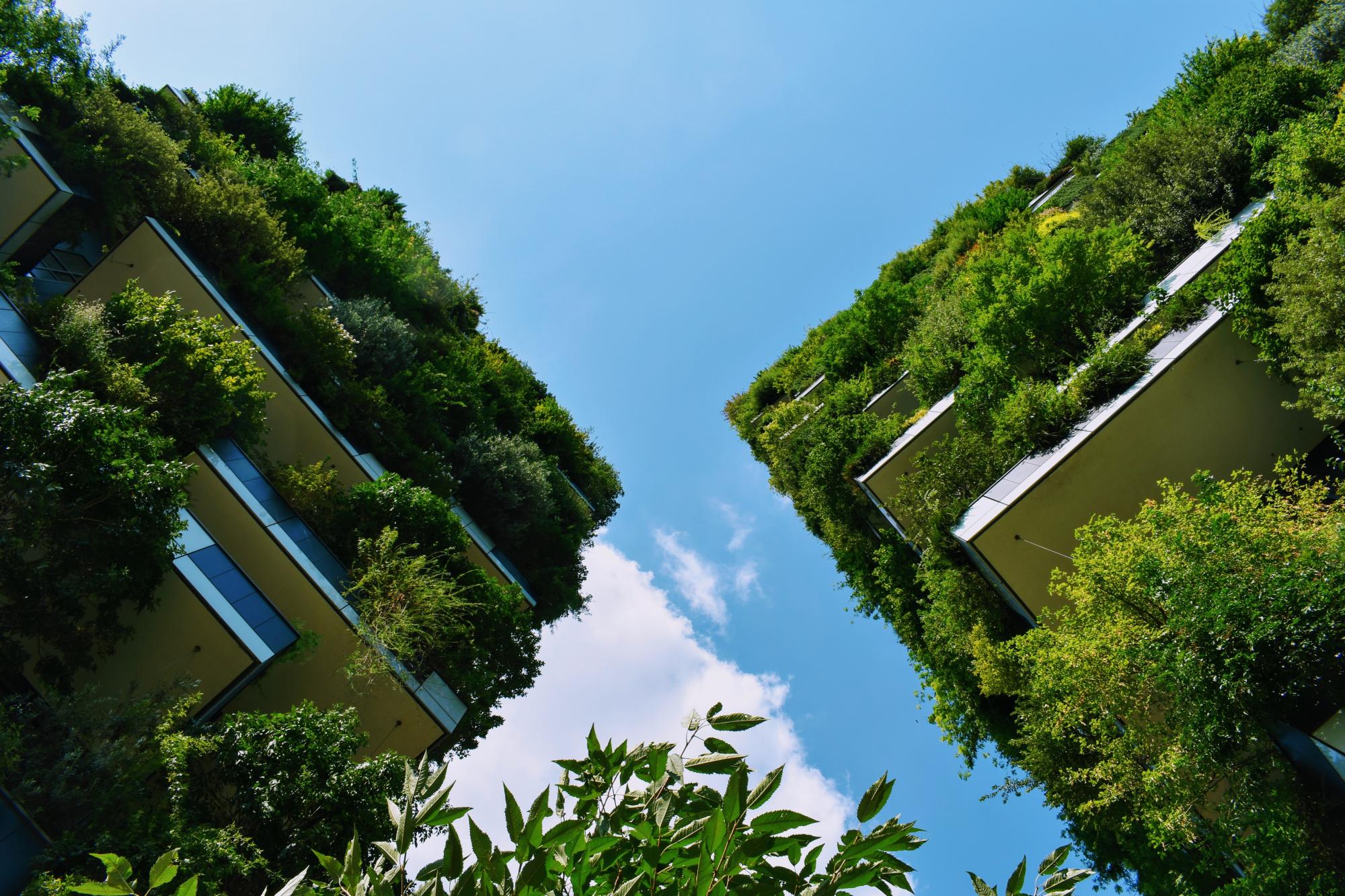Last updated: April 2022
“Balne Lane Fields are an area of land close to the city centre of Wakefield. The site comprises of an area of nine hectares, which includes a former landfill site that has been restored to open green space. Part of the site is within a flood zone (Balne Beck).” “The field is popular with the local population for informal recreation. The potential to improve the variety of recreational uses, ecological value and environmental quality together with its links to both local communities and strategic greenspaces make it an important piece of green infrastructure in the City of Wakefield.” (Ref. 1)
Overview
Nature-based solution
- Blue infrastructure
- Rivers/streams/canals/estuaries
- Community gardens and allotments
- Community gardens
- Green areas for water management
- Sustainable urban drainage systems
- Grey infrastructure featuring greens
- Alley or street trees and other street vegetation
- Green playgrounds and school grounds
- Parks and urban forests
- Large urban parks or forests
Key challenges
- Climate action for adaptation, resilience and mitigation (SDG 13)
- Climate change adaptation
- Green space, habitats and biodiversity (SDG 15)
- Habitat and biodiversity restoration
- Water management (SDG 6)
- Flood protection
- Health and well-being (SDG 3)
- Enabling opportunities for physical activity
- Improving physical health
- Creation of opportunities for recreation
Focus
Creation of new green areas, Maintenance and management of urban nature, Strategy, plan or policy development, Improved governance of green or blue areas
Project objectives
The overall aim is to help deliver Wakefield’s vision for green infrastructure (through the ‘Wakefield forest’ project). (Ref. 1)
“The main drivers for this project will be climate change and health and well-being, as parts of the site will be enhanced to integrate measures for flood alleviation and an improved recreational offer. Sustainable growth and development and, to some degree, biodiversity, are additional drivers with the field absorbing some of the additional pressure for green infrastructure that housing growth within Wakefield is likely to create. Improvements to the quality of the landscape by enhancing habitats along Balne Beck will also have a positive impact on biodiversity.” (Ref. 1)
Implementation activities
“Establish a more structured, layout that will retain large areas as grassland, but will integrate additional recreational functions and ecological enhancements; Engage with the local community and make their ideas a core objective; Keep the fields open and avoid any loss of accessibility through fencing; Integrate an equipped area for play as residential areas close by suffer from deficit; Integrate community food production on a small scale, e.g. fruit trees; Improve attractive and safe links into the city centre; Increase flood water storage in the area; Improve access points onto the fields; Integrate areas for tree planting; Integration of an equipped play area into the Balne Lane Fields.” (Ref. 1)
Climate-focused activities
Climate change adaptation:
- Implement sustainable urban drainage infrastructure (e.g. to make space for water)
Biodiversity conservation or restoration-focused activities
Biodiversity restoration:
- Restore ecological connectivity
- Public engagement
Main beneficiaries
- Local government/Municipality
- Citizens or community groups
Governance
Management set-up
- Co-governance with government and non-government actors
Type of initiating organisation
- Local government/municipality
Participatory approaches/ community involvement
- Co-planning (e.g. stakeholder workshops, focus groups, participatory mapping)
- Dissemination of information and education
Details on the roles of the organisations involved in the project
The ‘Lead Partner’ is Wakefield Council, and the ‘Delivery Partners’ are White Rose Forest, Local Community Groups, BTCV, Groundwork Wakefield, Wakefield College, Environment Agency. (Ref. 1)
Project implemented in response to ...
... an EU policy or strategy?
Unknown
... a national policy or strategy?
Unknown
... a local policy or strategy?
Yes
(Wakefield Council’s Local Development Framework Core Strategy (with its overall spatial vision) and Wakefield Council's Green infrastructure plan. (Ref. 1) )
Financing
Total cost
Unknown
Source(s) of funding
- Public regional budget
Type of funding
- Earmarked public budget
- Donations
- Other
Non-financial contribution
Unknown
Impacts and Monitoring
Environmental impacts
- Climate change
- Strengthened capacity to address climate hazards/natural disasters
- Water management and blue areas
- Increased protection against flooding
- Improved stormwater management
- Green space and habitat
- Promotion of naturalistic styles of landscape design for urban development
- Increased green space area
- Increased conservation or restoration of ecosystems
- Reduced biodiversity loss
- Restoration of derelict areas
Economic impacts
- Unknown
Socio-cultural impacts
- Safety
- Increased perception of safety
- Social justice and cohesion
- Improved social cohesion
- Improved access to urban green space
- Increased opportunities for social interaction
- Increased involvement of locals in the management of green spaces
- Increased access to healthy/affordable food
- Increased sustainability of agriculture practices
- Health and wellbeing
- Improved physical health
- Improved mental health
- Gain in activities for recreation and exercise
- Cultural heritage and sense of place
- Improvement in people’s connection to nature
- Other
Type of reported impacts
Expected impacts
Presence of formal monitoring system
Unknown
Presence of indicators used in reporting
No evidence in public records
Presence of monitoring/ evaluation reports
Yes
Availability of a web-based monitoring tool
No
References
Ref. 1. Wakefield Council (2010) Wakefield Green infrastructure plan. Source: Source link [Accessed 30 September 2020]
Ref. 2. Wakefield Council (2016) Wakefield Central Draft Blueprint. Source link. Source: Source link [Accessed 30 September 2020]
Ref. 3. Wakefield Express (2010) Mystery over Balne Lane playing fields future. Information obtained: 2017-07-14. [Website unavailable in 2020]
Ref. 4. Wakefield Council (2017) Local Development Framework: Leisure, Recreation and Open Space Local Plan. Source: Source link [Accessed 30 September 2020]
Ref. 2. Wakefield Council (2016) Wakefield Central Draft Blueprint. Source link. Source: Source link [Accessed 30 September 2020]
Ref. 3. Wakefield Express (2010) Mystery over Balne Lane playing fields future. Information obtained: 2017-07-14. [Website unavailable in 2020]
Ref. 4. Wakefield Council (2017) Local Development Framework: Leisure, Recreation and Open Space Local Plan. Source: Source link [Accessed 30 September 2020]


